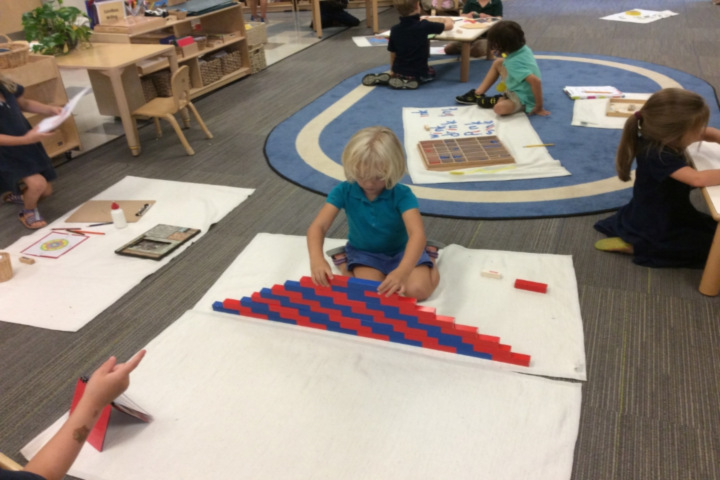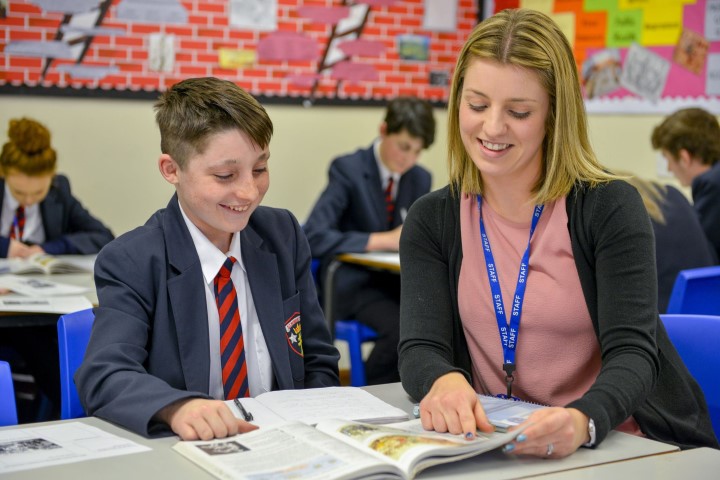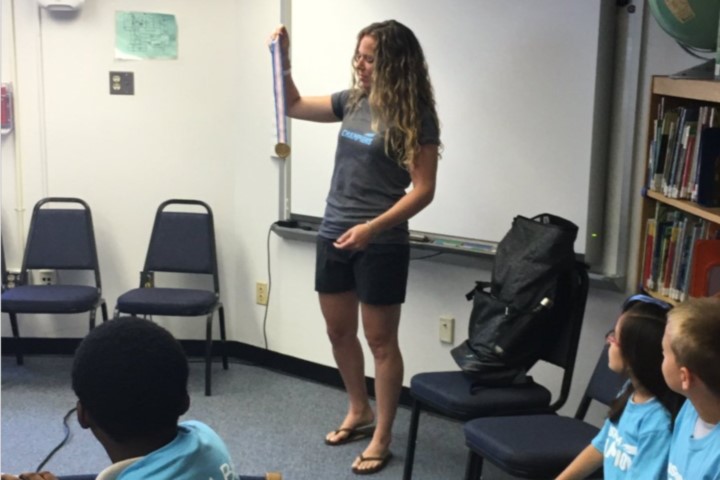Howard University Middle School of Mathematics and Science Principal Kathryn Procope acknowledges the personalized learning system put in place at that Washington D.C. school this year is “not a silver bullet,” but it’s helping students set goals and develop self-discipline to become independent learners.
The school is in its first year using a new Summit Learning platform that encourages students to set daily goals and track their progress through online lessons, with constant feedback and guidance from teachers in the classroom. The individualized learning approach “is not a new concept,” Procope said, but the new Summit program developed by Facebook engineers is taking it to another level, EdSurge reports.
Summit Public Schools – a charter school chain operating in Washington and northern California – developed the software for its schools in partnership with the Chan Zuckerberg Initiative over the last several years, and it’s now used by about 56,000 students in 40 states and 330 campuses, including Howard and the Truesdell Education Campus in Washington, D.C.
“What Summit has done is take a concept that already existed and put a framework around it so that it assists every student,” Procope said.
Dianne Tavenner, founder and CEO of Summit Public Schools, contends the Summit system is primarily focused on changing school culture to foster independent learning, with online lessons to support that goal.
“This is really about a whole belief, a way of educating, thinking and learning,” Tavenner said. “This (platform) is just a tool.”
The program centers on several core tenets schools must adopt to implement the approach successfully, including 1:1 mentorship, project-based learning activities in all curricula, a change from A through F grades to “a competency-based system where students only progress when they demonstrate mastery of a topic or subject,” and ongoing professional development for staff, EdSurge reports.
Summit requires students to select daily goals from a list provided by teachers, and to analyze feedback on assignments using a grading rubric. Summit collects data on each student’s progress, which is relayed to students and teachers through a data dashboard and allows students to work at their own pace.
Educators also practice “aggressive monitoring” to keep students focused.
“Sixth-grade students can barely put their pants on. They lose their stuff all the time,” Procope said. “It takes a lot to help them start setting their own goals. It’s a lot of repetitive processes.”
While the impact of the new approach at Howard is unclear, results are promising at Truesdell, where the 364 mostly low-income students in grades 3 to 8 have used the program since 2015.
“The school has made gains over the years, not big leaps and bounds, but nice, consistent gains,” principal MaryAnn Stinson said. “Last year we had the highest [district] growth in English Language Arts for a Title 1 school.”
The personal education paradigm is an increasingly “thick” educational model.
James Davison Hunter and Ryan S. Olson define thickness in The Content of Their Character, a summary of character education programs in a variety of schools.
Hunter and Olson write “‘thick’ moral reasoning and discourse is not abstract, but concrete; bounded by the history, tradition, and the practices of lived experience in particular communities.”
Researchers who conducting field research for the book found that “the thicker the moral culture of the school, the more coherent it was and the more cohesive an environment it provided for the young.”
Summit Learning offers the video “Habits of Success at Summit” for those interested in more details on how the personalized approach inspires students to take control of their own learning.






